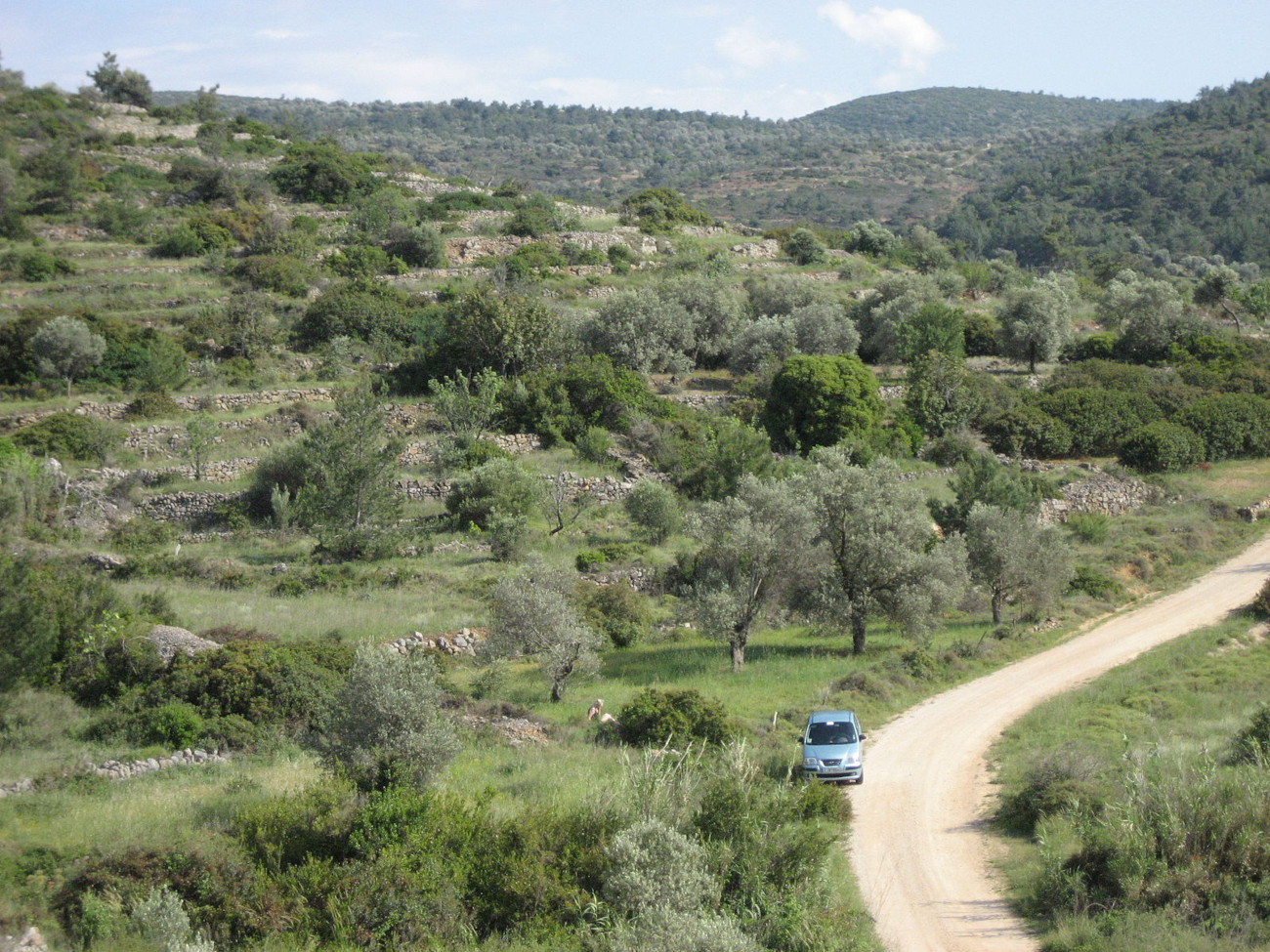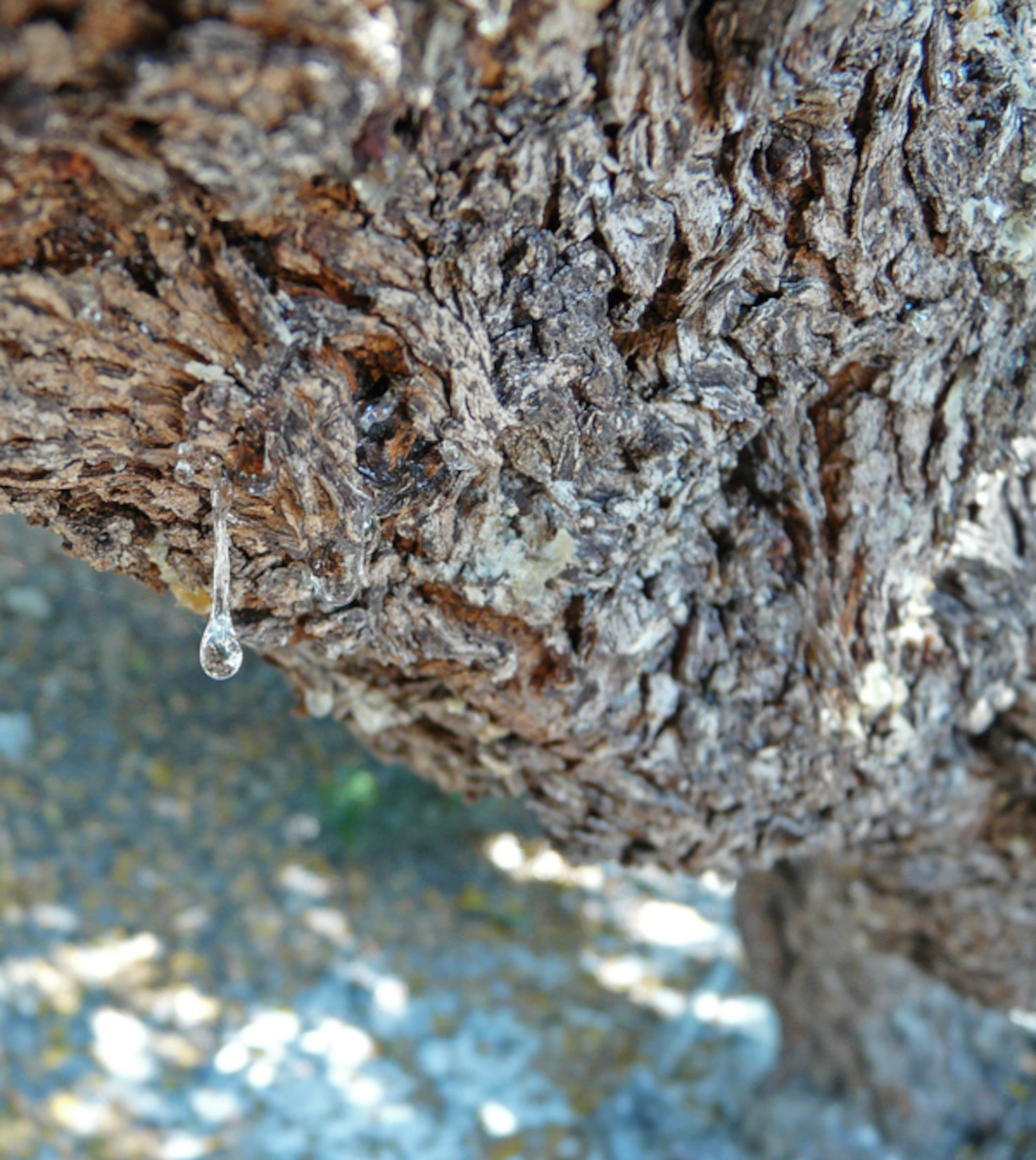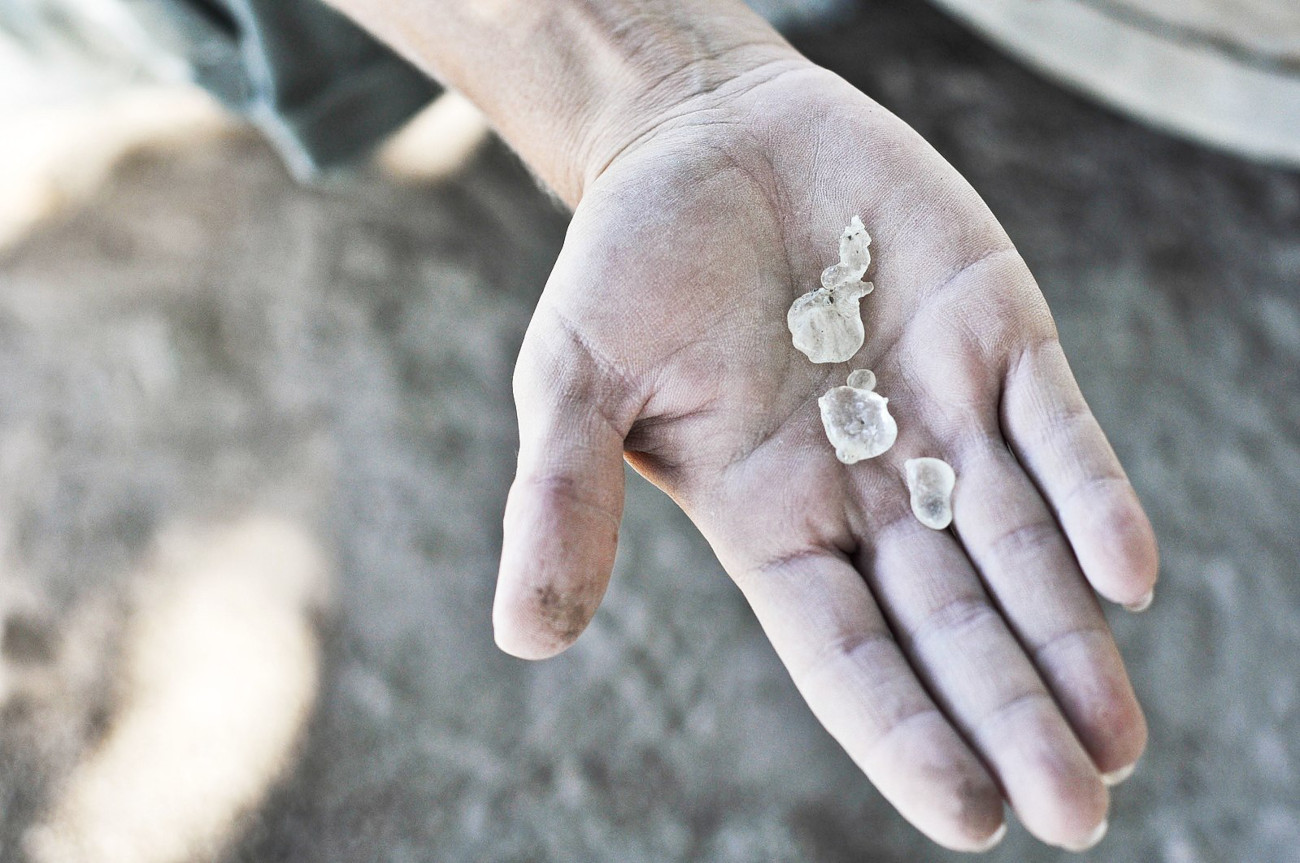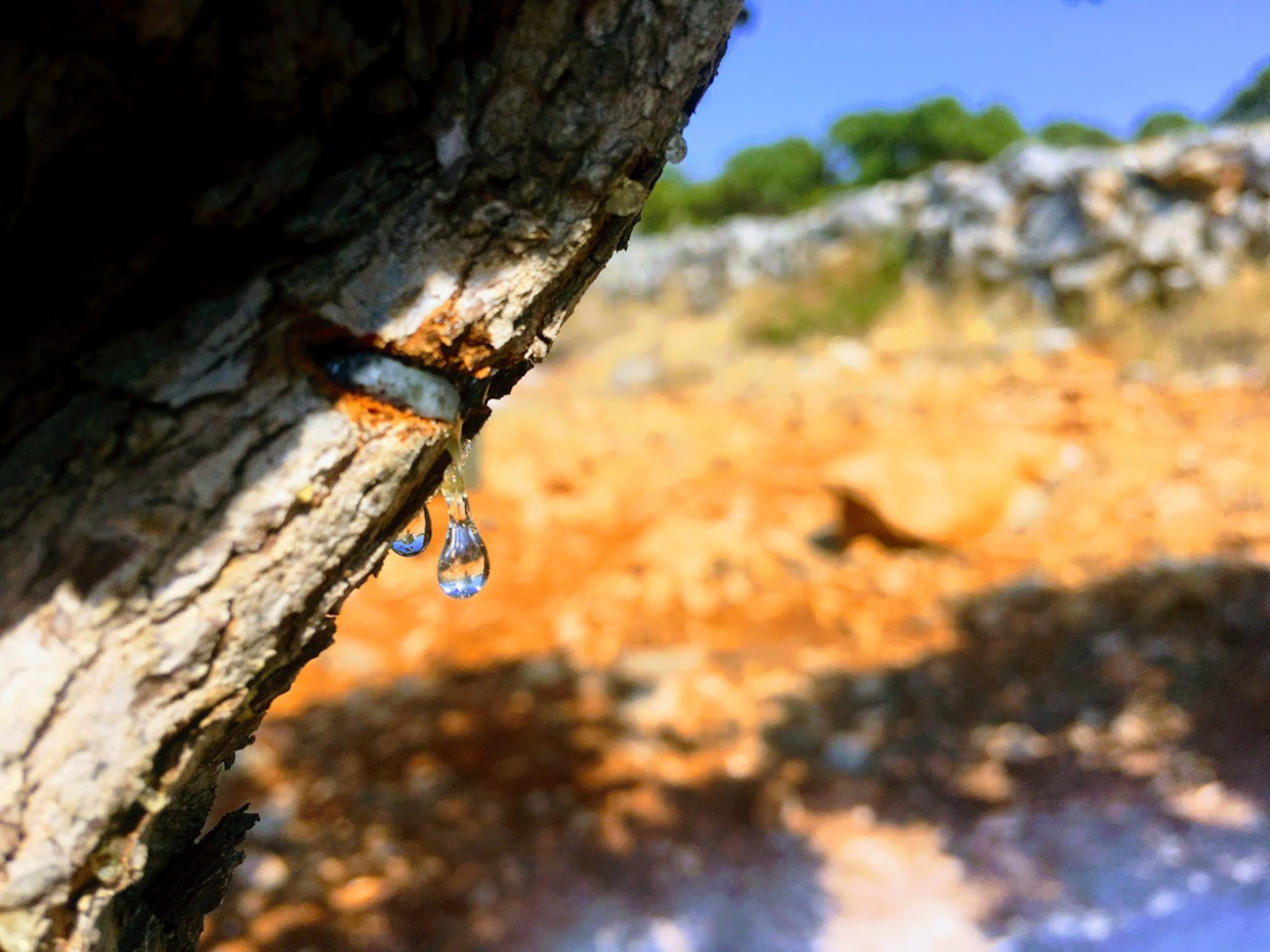The breeze flows through the dry temperate Grecian island of Chios, sure the weather is delightful, and the views of the Aegean Sea from the villages are breathtaking, but that’s not what this island is famous for. No, what makes this island renowned is something quite unexpected – gum. In fact, this island produces a resin that makes some of the most expensive gum in the world.

Gum? Sounds pretty unexciting, but actually, this gum is unlike any other. Looking at these pistachio-derived trees, you’d expect to find nuts, but not on these mastic trees – instead, you’ll see a sap that is beyond belief profitable. With a domestic and international market industry valued at 35 to 45 million dollars annually, the island of Chios is the only place that successfully cultivates mastic tree sap, known as the mastic tears. Mastic sap isn’t something commonly mentioned in the news, but this unique sap is used to produce gum with many purported health benefits. Smaller pieces of the sap are ground and used in an array of high-end supplements and beauty products.

A mere few grams or an ounce of the powder or the gum can cost $30, so is it really worth it? The scientific studies have samplings that are too small to make solid, conclusive data, but this sap has been harvested for over 2500 years and was used by the famous Greek physician Hippocrates to cure stomach ailments, so you could say that its long history gives it some legitimacy. Even with the papers being few, it’s recognized as a traditional medicine and paired with prescription medications. The sap has antimicrobial and anti-inflammatory properties that not only freshen breath, but when consumed can help repair ulcers, esophageal, and stomach damage. When used topically in products, it can alleviate skin irritations and wrinkles.

Why is it so expensive? Chios is considered a microclimate, with drier than normal conditions and a soil filled with limestone sediment, which makes for a unique growing environment, other places have tried to grow mastic trees, but the sap doesn’t look nor taste the same. Additionally, it can’t be grown all year round. There’s only a short window of opportunity to get resin from these mastic trees. During the dry months of August and September, farmers make slight incisions into the bark of the trees. The slice shouldn’t damage the tree, but it cuts just enough for the tree to ooze out the valuable sap. Then the sap is scraped off, collected from the ground, stored dry, and then carefully hand sifted.

Environmental changes have brought about a series of fires in the 2010s that wiped out nearly ninety percent of the mastic trees, further making the mastic sap a rarer commodity. Be wary as it’s sometimes hard to find legitimately sourced mastic gum, as there are now many counterfeit mastic products.













